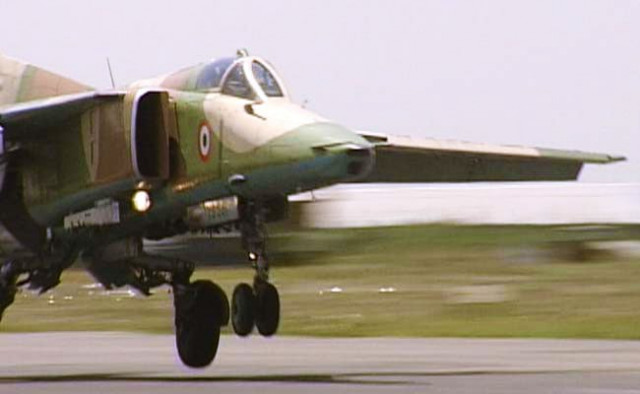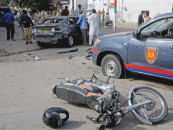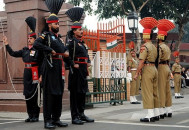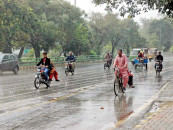Indian Air Force was minutes away from bombing Pakistan during Kargil War
Interestingly, the war preparation exercise was to prove futile as India withdrew its decision to engage

In all, 16 fighter jets were to be deployed across enemy lines in this massive attack. PHOTO: NDTV
"At the height of Kargil War on June 13, 1999, Indian Air Force fighter pilots were minutes away from launching a full-fledged air attack deep inside Pakistan. Targets had been assigned, route maps finalised, personal revolvers to be carried by pilots had been loaded with ammunition and Pakistani currency collected, for use if pilots had to eject on the other side of the Line of Control and orchestrate an escape," NDTV reported on Tuesday.
This girl's powerful message about India, Pakistan will move you to tears
The close call followed failed negotiations in New Delhi between then Indian foreign minister Jaswant Singh and his Pakistani counterpart, Sartaj Aziz.
The Pakistani foreign minister was given terms to end the conflict between both countries -- "withdraw Pakistani intruders from the Kargil mountains, abandon the demand for redrawing the Line of Control or de facto border in Kashmir, urgently restore the status quo by accepting the Line of Control as it had been defined for decades, and punish those who tortured six Indian soldiers, including Captain Saurabh Kalia, whose mutilated body had been returned with the bodies of the jawans he was leading in an operation in north Kashmir when they were captured by Pakistani soldiers,” NDTV said.
IAF had been readying for a pre-emptive strike at dawn on June 13, 1999. "Assigned their targets, the pilots then went about the business of preparing for their mission: We all returned at night after making Wiznavs [software used to calculate routes], golas [loading bullets into personal revolvers], maps and collecting Pakistan currency."
'Nawaz Sharif facing bigger crisis than in 1999'
However, in spite of boasting its might, IAF acknowledged the grave threat it faced on the Pakistani side of the border--"The mission itself came with extraordinary risks; the possibility that a few jets would be shot down was very likely. Pakistan's premier fighters, the F-16s, were waiting on the other side, flying patrols between Pindi and Kahuta to detect and intercept any Indian strike mission."
The report further adds, "But F-16s were not the only danger. India's fighter pilots were acutely aware of the threat posed by French-made Crotale and Chinese made HQ2B Surface to Air Missiles (SAMs) meant to destroy incoming Indian aircraft. With a range of 10 kms, Crotale SAMs would fly towards the Indian fighters at a speed of more than twice the speed of sound if they locked on to their targets."
Pakistan conveys ‘serious concerns’ over Kashmir killings to Indian high commissioner
Interestingly, the war preparation exercise was to prove futile as India withdrew its decision to declare a full-fledged war between the nuclear-armed neighbours. Even though, at the time of the Kargil war, IAF had a distinct advantage. It not only had a larger number of jets in its fleet, but was also armed with better weapons to intercept the enemy.
This article originally appeared on NDTV.



















COMMENTS
Comments are moderated and generally will be posted if they are on-topic and not abusive.
For more information, please see our Comments FAQ